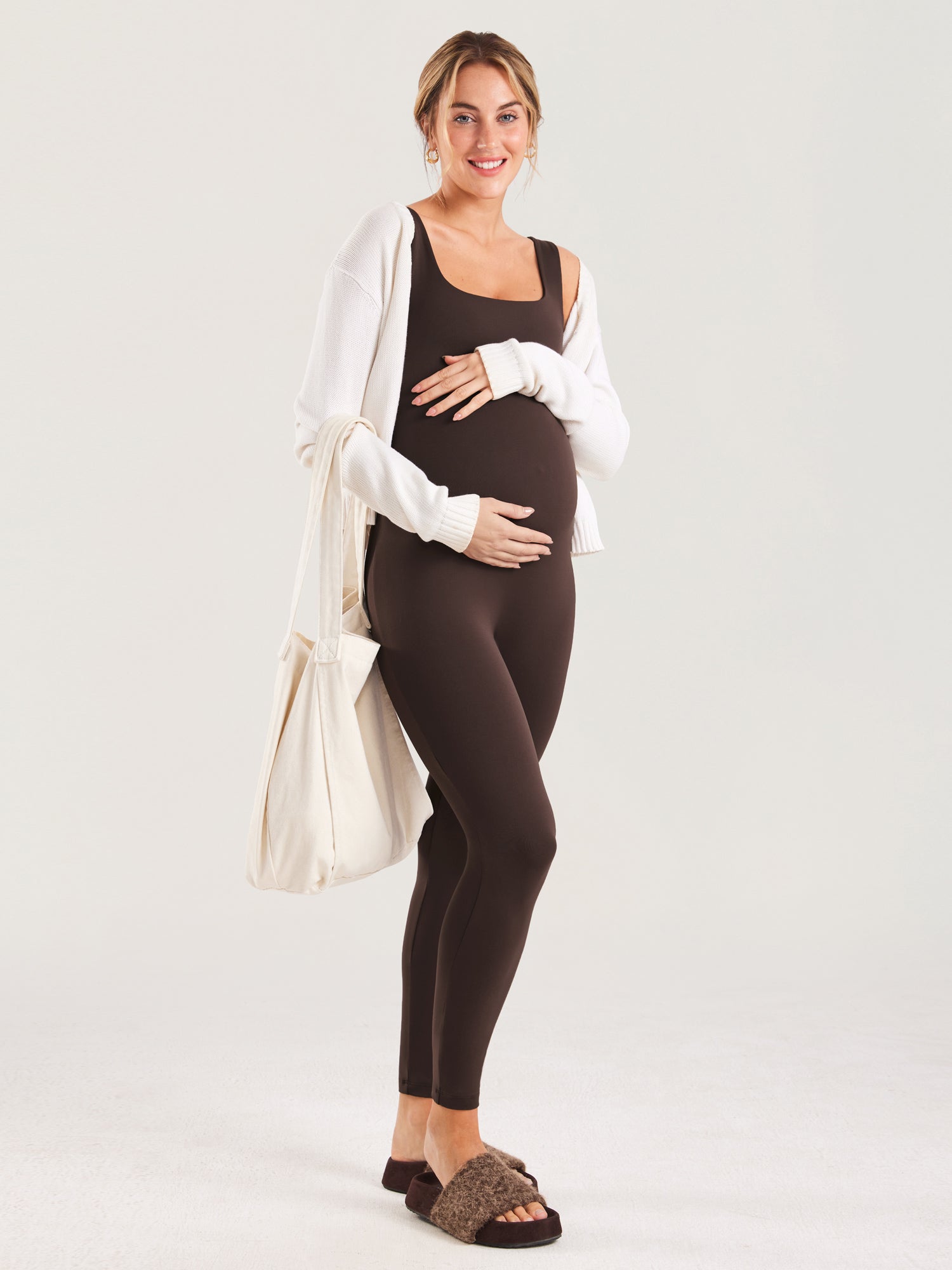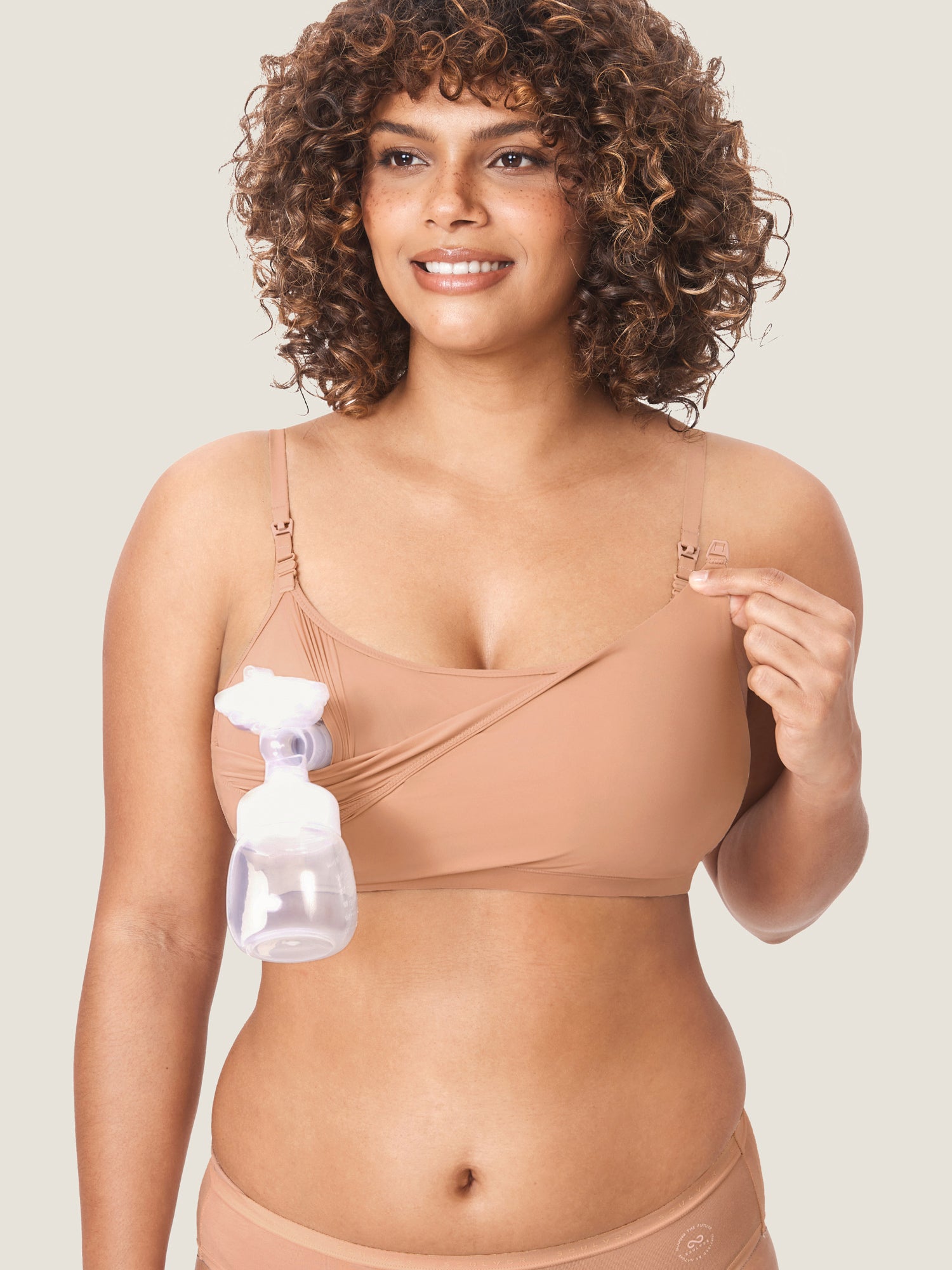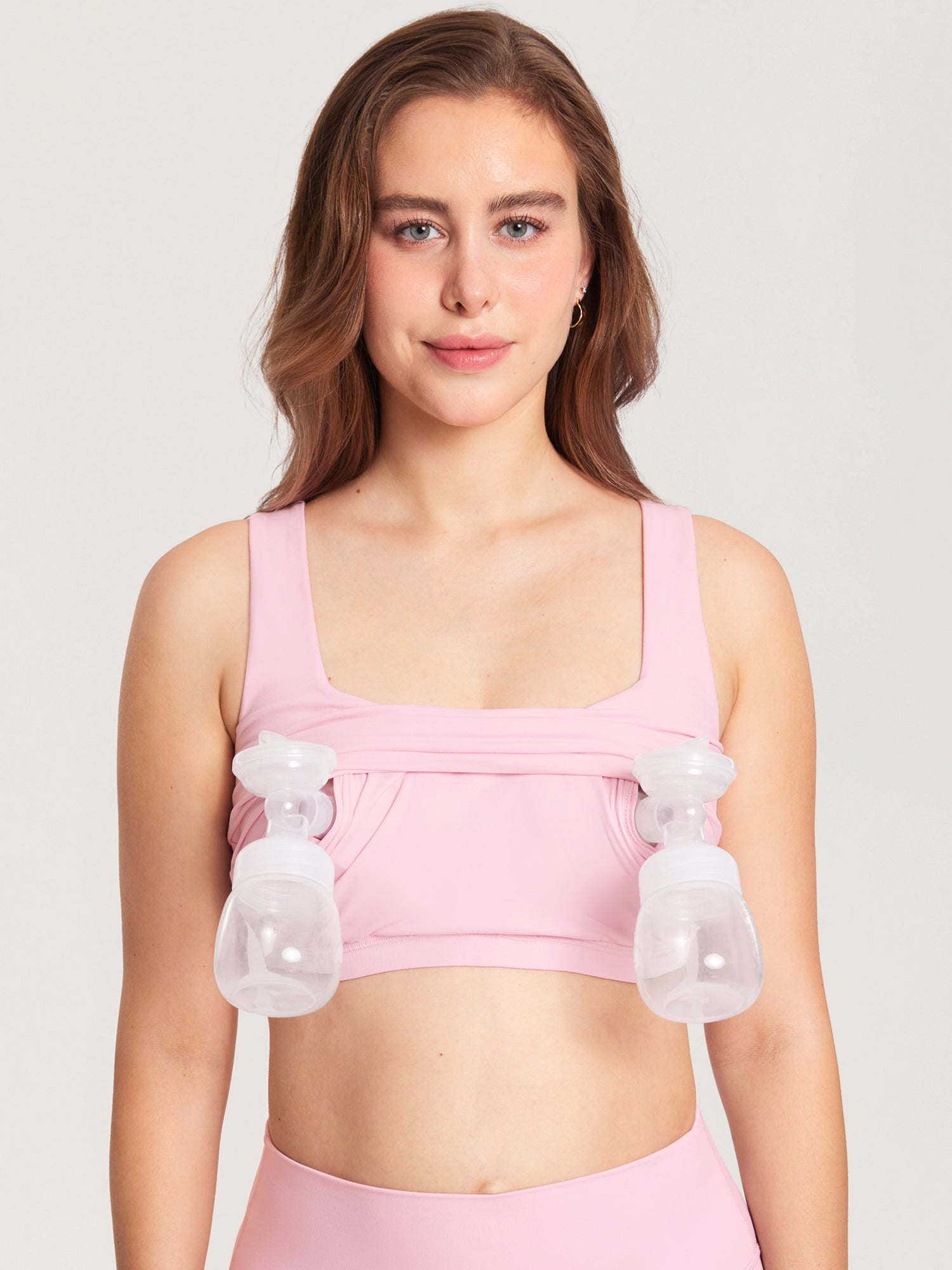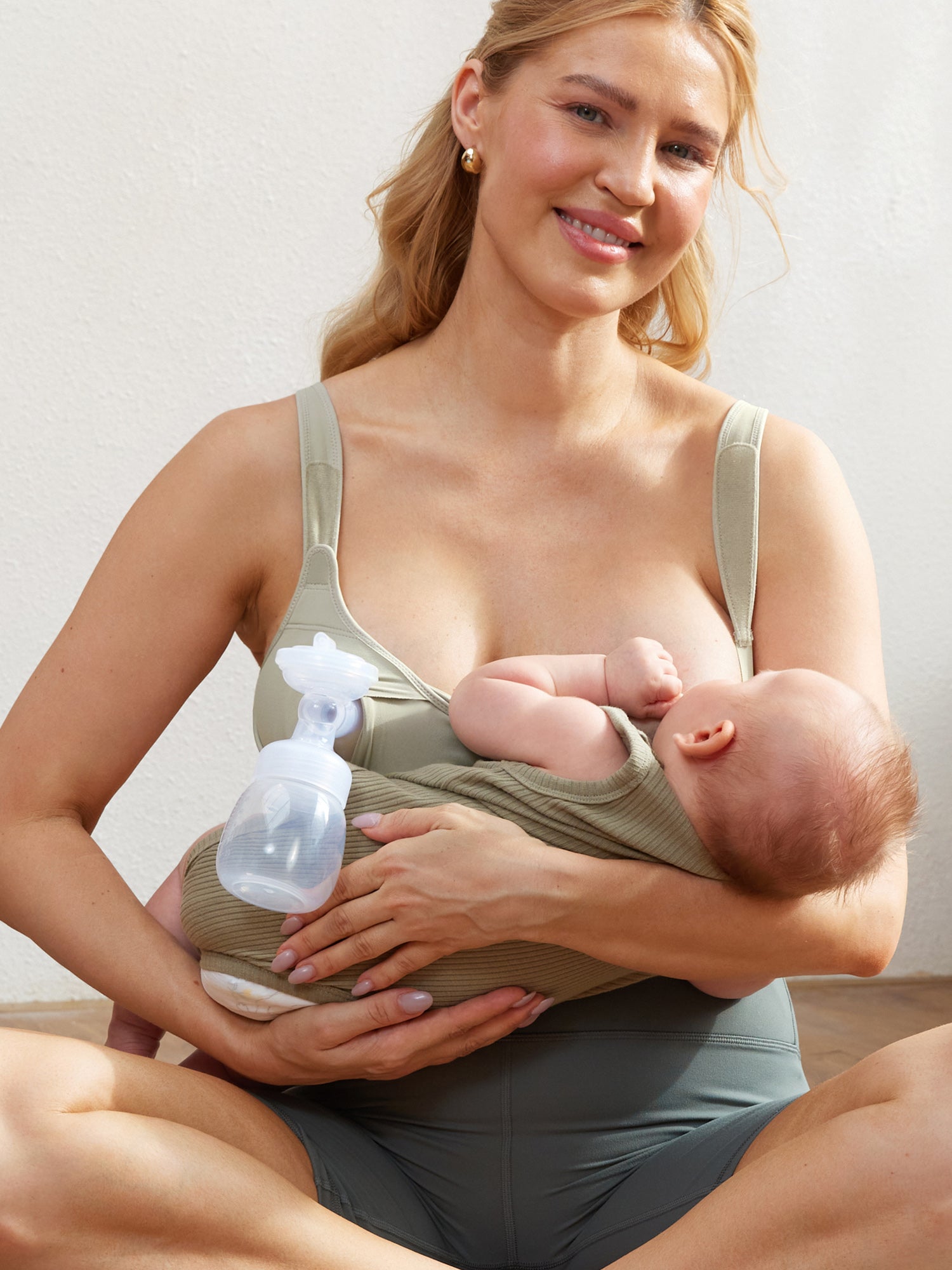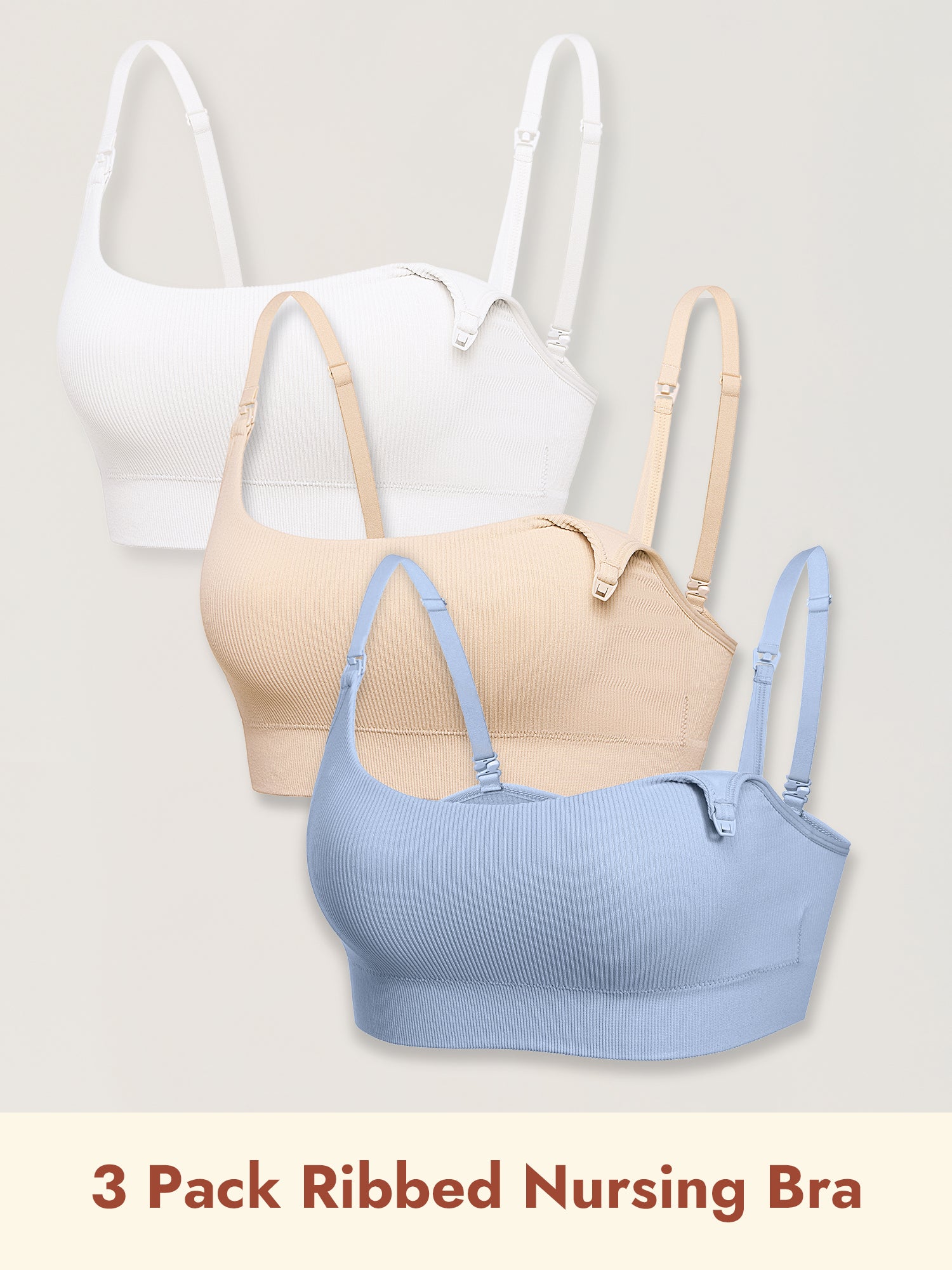Pregnancy is a transformative journey, bringing about a cascade of changes throughout a woman's body, and the breasts are certainly no exception. As your body prepares to nourish your little one, your breasts will undergo significant growth and experience various sensations. Understanding these changes and taking proactive steps can help you maintain comfort, support breast health, and even minimize potential long-term effects.
The Importance of Well-Fitting Maternity Bras
One of the most crucial aspects of breast care during pregnancy is providing adequate support. As your breasts grow, they become heavier, which can lead to discomfort, back pain, and even sagging over time. Investing in high-quality maternity bras is paramount. Look for bras that offer full coverage, wide straps, and a supportive underband. Avoid underwire bras, especially in the later stages of pregnancy, as they can restrict milk duct development and cause discomfort. Opt for seamless, wireless, or soft-cup bras made from breathable materials like cotton. As your breast size fluctuates throughout your pregnancy, be prepared to purchase new bras to ensure a comfortable and supportive fit. Regular professional bra fittings can be incredibly beneficial in finding the right styles and sizes for each stage.
Gentle Care and Comfort Measures
Breast tenderness and pain are common companions during pregnancy, particularly in the first trimester due to hormonal surges. While this discomfort is usually temporary, there are several ways to alleviate it. Wearing a supportive bra, even at night, can provide relief. Applying warm compresses or taking a warm shower can also help soothe sore breasts. Conversely, some women find relief with cold compresses. Avoid wearing tight-fitting clothing that could put pressure on your breasts. Engaging in gentle exercises and maintaining good posture can also contribute to overall comfort. If the pain becomes severe or is accompanied by other concerning symptoms, it's always best to consult with your healthcare provider.
Keping Skin Supple
As your breasts expand rapidly, the skin can become stretched, potentially leading to stretch marks. While genetics play a significant role in whether or not you develop them, keeping your skin well-hydrated can help improve its elasticity and minimize their appearance. Regularly applying a rich moisturizer, lotion, or oil specifically formulated for pregnancy or containing ingredients like vitamin E, cocoa butter, or shea butter can be beneficial. Gently massage the product into your breasts, paying attention to areas where stretch marks are more likely to occur. While there's no guaranteed way to prevent stretch marks entirely, consistent moisturizing can certainly make a difference in the long run.
Preparing for Breastfeeding
As your pregnancy progresses, you may notice changes in your nipples and areolas. They may become darker and more sensitive. In the later stages, your body may even start producing colostrum, the early milk. To prepare your nipples for breastfeeding, avoid using harsh soaps or scrubbing them vigorously, as this can lead to dryness and irritation. Gently washing them with plain water during your regular showers is usually sufficient. Some women find that applying a small amount of lanolin or a nipple cream in the later stages of pregnancy can help keep the skin moisturized and prevent cracking. If you have inverted or flat nipples, your healthcare provider may recommend specific techniques or devices to help draw them out in preparation for breastfeeding.
Regular Self-Exams and Medical Check-ups
While most breast changes during pregnancy are normal, it's still important to be aware of your breasts and monitor for any unusual changes. Performing regular breast self-exams can help you become familiar with your breasts' normal texture and identify any new lumps, bumps, or skin changes. It's also crucial to attend all your scheduled prenatal appointments, where your healthcare provider will also examine your breasts as part of your routine check-up. If you notice any concerning changes, such as a hard lump, persistent pain in one specific area, nipple discharge that isn't colostrum, or skin dimpling, don't hesitate to contact your doctor or midwife promptly. Early detection is key for addressing any potential issues.
Maintaining Overall Health
Protecting your breasts during pregnancy is also intertwined with maintaining your overall health. Eating a balanced diet rich in nutrients, staying adequately hydrated, and getting enough rest all contribute to the health and well-being of your entire body, including your breasts. Avoiding smoking and limiting your intake of caffeine and processed foods can also be beneficial. Engaging in gentle exercise, as recommended by your healthcare provider, can improve circulation and overall comfort. Remember that your breasts are an integral part of your body, and taking care of your general health will naturally support their well-being throughout your pregnancy journey.
Conclusion
Protecting your breasts during pregnancy involves a multifaceted approach that includes wearing supportive bras, managing discomfort with gentle care, keeping your skin moisturized, preparing your nipples for breastfeeding, monitoring for any unusual changes, and maintaining overall good health.

